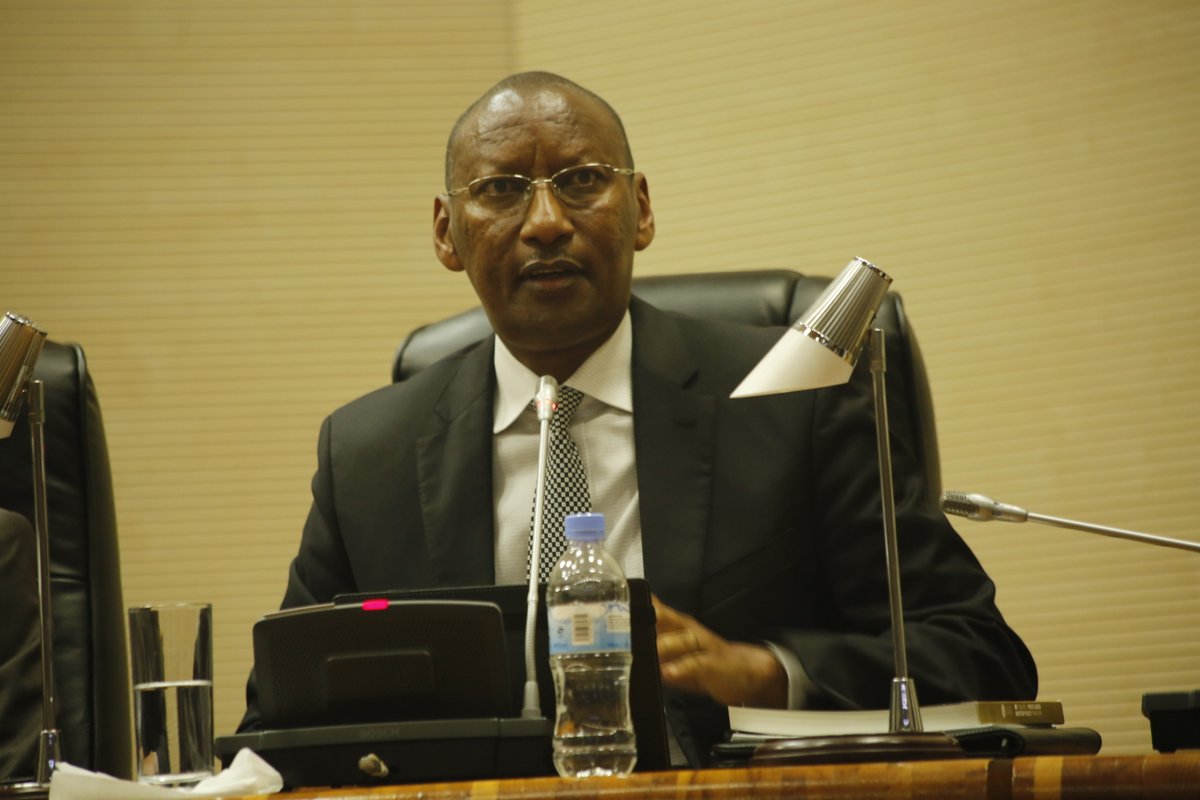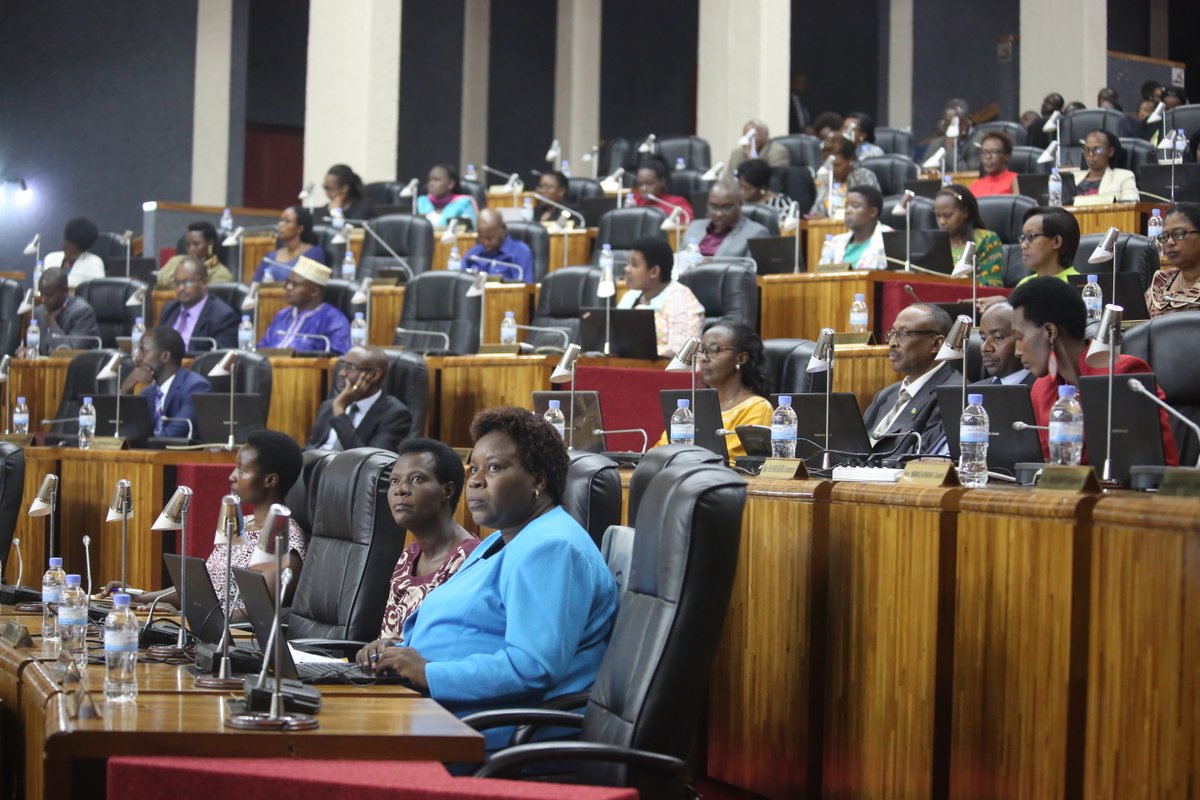
Central Bank governor John Rwangombwa presenting annual report at parliament – Nov 29,2018
Members of Parliament have raised concerns over the increasing non-performing loans (NPLs), citizen reluctance to seek loans as a result of high interest.
These issues were raised at the presentation of first central bank annual report 2017-2018 to both chambers of parliament on Thursday.
The report themed: ‘Towards monetary policy framework a price based’ which was published on November 7, 2018, was presented by the Central Bank Governor John Rwangombwa.
It shows that with regard to earnings performance, as at 30th June, 2018 the banking sector profits improved with total profits (after tax) amounting to Rwf23 billion compared to Rwf21.5 billion registered as at 30th June 2017.
“Why is it that incomes of banks remain high yet the required interest rate is also high? What strategy is in place to reduce the NPLs which is evident that citizens cannot afford loans which stand at 11%-18%?” MP Jean Damascene Murara asked.
In response, Rwangombwa said that the interest rate among commercial banks are relatively high because banks themselves get loans at about 7% interest rate.
This is in addition to ICT maintenance, labor force among other additional costs.
“But the biggest cause of all this is poor servicing of loans. There is a bad culture among Rwandans of not paying loans which makes banks hike their risk assessments on the loans. But these factors considered you find that it is not too much,” Rwangombwa explained.

Parliament both chambers were concerned with non performing loans and the high interest rate in commercial banks
A sectoral breakdown of impaired loans shows that NPLs dropped in several sectors but was hiked in others.
NPLs recovery increased from Rwf67 billion in June 2017 to Rwf93 billion in June 2018.
Consequently, NPLs stock dropped to Rwf138 billion in June 2018, from Rwf149 billion in June 2017.
NPLs ratio in agriculture dropped from 18.2 percent in June 2017 to 7.2 percent in June 2018.
In the mortgage sector, it dropped from 5.8 percent to 5.3 percent, while in other services it dropped from 10.7 percent to 8.9 percent.
MP Fazil Harerimana asked why there is an increase in loans from other sectors but less in agriculture.
Only 1.7% of the loans go to agriculture and are given by savings and credit cooperatives (Saccos) which also suffer a 36% NPLs as a result of failures in agriculture seasons.
“We are now discussing de-risking agriculture sector with an agriculture insurance scheme which is already in place and in addition to investing in modern farming methods to reduce risks,” Governor Rwangombwa said.
The NPLs ratio also increased in manufacturing from 8.8% to 13.9%.
In hotels ratio increased from 9.8% to 11%, and in trade from 8.8% to 11.5%.
The significant decline of NPLs in agriculture was driven by a strong growth rebound of the agriculture sector in the first quarter of 2018.
On average, economy grew by 8.9% in the reporting period of 2017-2018 compared to 3.4% in 2016-17.
MPs said that for the last three years they have demanded action over these alarming figures which affect the economic performance.
“Some of the mega constructions site in the country are built on loans and later on are put up for auction. This is a loss to the country if these structures cannot do what they were meant to….yet banks made profits of close to 30%,” said Senator Fatou Harerimana.

